Linux Chmod Permissions Table
How to use Check the desired boxes or directly enter a valid numeric value (e.g.
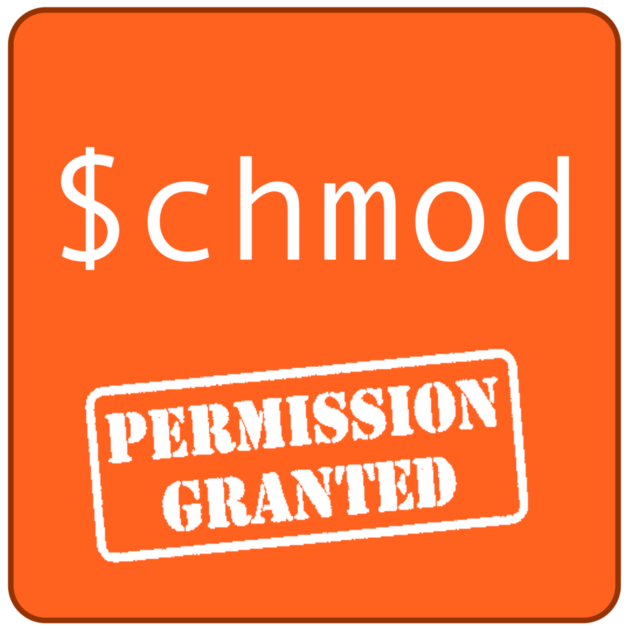
Linux chmod permissions table. Chmod can either use symbols representing the changes, or the numeric version described earlier. Fileforchmod = file name. Using the command, we can set permissions (read, write, execute) on a file/directory for the owner, group and the world.
Group and others will have no permissions, not even read. Group – The Group permissions apply only to the group that has been assigned to the file or directory, they will not effect the actions of other users. The second way to modify permissions with the chmod command is to use a number to specify each set of permissions for the file.
Each permission has a numeric value assigned to it:. In case you need to change the permission of files and directories that you don’t own, you will need to use sudo. Set the permissions of file.htm to "owner can read and write;.
Find /var/www/my_website -type f -exec chmod u=rw,go=r {} \;. To give yourself and your group members full access, enter:. If I do a recursive 664 to the htdocs, then all files and directories will change to 664.
Chmod = calls the program to change permissions. The following table shows some commonly used settings. These users are technically know as:.
To meet our goal, we will run:. When running chmod we need first to define over who the permission or restriction is applied, if we want to add or rest a permission, what permission and what file for. It’s usually used when installing and configuring various services and features in a Linux system.
R (read) has a value of 4 w (write) has a value of 2. If you want to be the only one who can access it, use:. The tool will provide you with an octal code that corresponds to these permissions which can then be applied to relevant directories and files with chmod.
To use it, we specify the desired permission settings and the file or files that we wish to modify. In this lesson we will focus on one of these, called the octal notation method. Chmod -R u+rwX,g-rwx,o-rx personalStuff:.
Table 10-69 lists the syntax options for the chmod command. The numeric version is self explanatory. The first 7 sets the permissions for the user, the second 7 sets the permissions for the group, and the third 7 sets the permissions for everybody else.
One set for the owner of the file, another set for the members of the file’s group, and a final set for everyone else. Changing User File and Group Ownership Aside from changing file permissions, you may come across a situation that requires changing the user file ownership or even group ownership. I can look in properties of this folder but I want to get properties fast and in digits (octal, e.g.
The “mode” consists of three parts:. Read, Write, and Execute. Chmod is a command in Linux and other Unix-like operating systems that allows to change the permissions (or access mode) of a file or directory.
To change the permissions — or access mode — of a file, use the chmod command in a terminal. Using the symbolic method:. Chmod Calculator is a free utility to calculate the numeric (octal) or symbolic value for a set of file or folder permissions in Linux servers.
User Group Other Read 4 4 4 Write 2 2 2 Execute 1 1 1 U G O X X X Chmods:. Chmod command is used to change the permissions of files and directories in Linux. Who the permissions apply to, how the permissions are set and which permissions to set.
This command will give read, write and execute permission to the owner. Chmod.(change mode) is a widely used command to change the permissions of files and directories.It allows the setting of user, group and other bits which each define what rights each classification of user has over the files. 777 = rwxrwxrwx 755 = rwxr-xr-x 644 = rw-r--r-- 700 = rwx----- 750 = rwxr-x---.
There are three sets of permissions. The first digit specifies owner permissions, the second digit specifies group permissions, and the third digit specifies other permissions. Sets GID, sets read, write, and execute permissions for user, and sets read and execute permissions for Group and Others:.
Everyone can read, only owner can write. In Linux, files and directories are treated similarly. View (u)ser, (g)roup and (o)thers permissions for chmod 700 (chmod a+rwx,g-rwx,o-rwx) or use free online chmod calculator to modify permissions easily.
Therefore, when setting permissions, you are assigning them for "yourself", "your group" and "everyone else" in the world. You can use the chmod command to set permissions in either of two modes:. To copy the permissions of one file to another, you can use the reference option of the chmod command.
Or, to add read and write permissions for the group that owns the file, you would run:. Chmod is used to make changes:. If you need a more in-depth guide on how to use Chmod In Linux to change file permissions recursively, read our Chmod Recursive guide.
If three numerals are given, you're setting the read, write and execute bits for the file's owner, group and others (everyone else). On all files and directories in personalStuff) adds read, write, and special execution permissions for user, removes read, write, and execution permissions for Group, and removes read and execution permissions for Others:. Chmod options mode filename filename1… chmod options mode directory_name.
Using chmod with Absolute Permissions. View (u)ser, (g)roup and (o)thers permissions for chmod 600 (chmod a+rwx,u-x,g-rwx,o-rwx) or use free online chmod calculator to modify permissions easily. The chmod command is used to change the permissions of a file or directory.
In Linux systems, the chmod command is used to change the permissions and access mode of files or directories. As an example, let’s clone the permissions of file1 to file2 using the following command:. Operation not permitted Hot Network Questions Should I stop worrying and work on my current postdoc till I get something else?.
CHMOD Permissions Reference Chart. The chmod command enables you to change the permissions on a file. Chmod is an abbreviation for change mode;.
The directories need to have 775 permissions and the files need to have 664. + turns on a permission. Exercises about the sticky bit included.
Who is specified as. A = means “All” –= means minus, we are removing rights,not adding. We can use chmod and chown to manipulate the file permission.
This can be achieved by changing file permissions. When using chmod, you need to be aware that there are three types of Linux users that you are setting permissions for. It allows the permissions to be changed in either Symbolic form or in numerical form.
-name "*.sh" -exec chmod +x {} + Snip from find docs on Arch (emphasis added by me):-exec command {} + This variant of the -exec action runs the specified command on the selected files, but the command line is built. Set permission in Linux using chmod:. How to change file permissions using chmod and chown.
To give owner, group and everyone else read and write permission on file. Write The write permission allows an associated user to modify the contents of a file or add, remove, and rename files in a directory. User can read, write, and execute;.
= turns on the specified permissions and turns off all others. We can use the ' chmod' command which stands for 'change mode'. Changing permissions using “chmod”.
Therefore, full permissions for everyone on the system would look like:-rwxrwxrwx. Linux chmod command is one of the most commonly used commands especially by system administrators when assigning modifying file and folder permissions. Select the permissions you require below.
Say you do not want your colleague to see your personal images. Rw = reading and writing rights. This method can be memorized easily using the following table.
Both forms can be interchangeably used. The chmod command only allows you to change the permission of files and directories that you own. Rwxrwx--- How does 770 correspond to rwxrwx---?.
$ sudo chmod <specify the file permissions> <specify the file/directory name>. 777 ) or symbolic notation (e.g. You type chmod, options, the number representing the permissions, and then the file name.
A compiled list of 30 exercises about linux permissions, the binary system, chmod, chgrp and chown. The permission part of a symbolic mode is any combination of the following:. Which one you use is entirely preference.
Owner – The Owner permissions apply only the owner of the file or directory, they will not impact the actions of other users.;. Rwxrwxrwx ) to see its value in other formats. I have to change the permissions of the htdocs directory in apache to a certain group and with certain read/write/execute.
The op part of a symbolic mode is an operator that tells chmod to turn the permissions on or off. -turns off a permission. 755, etc.) What am I to type in terminal to know the chmod of the file or folder I want?.
Sudo chmod u =rwe, g =rw,o-rwx hello.txt. There are two ways to specify the permissions. 400 read by owner 040 read by group 004 read by anybody (other) 0 write by owner 0 write by group 002 write by anybody 100 execute by owner 010 execute by group 001 execute by anybody.
Each permission is assigned a value, as the following table shows, and the total of each set of permissions provides a number for that set. To get a combination, just add them up. Below is the command's general structure:.
You can also use numbers (octal values) instead of letters to set the permissions. $ chmod g+rw file_name. Additionally server-side languages provide functions that are roughly analogous to chmod in terms of operation using absolute notation.
In Linux, you may face permission problems while installing software packages, exploring directories, reading/writing files. Running chmod 770 on project-a gives us the permission set we want:. The highly productive Linux system offers various levels of permission to ensure that the user has enough ways to interact with files and directories.
Others can read only". Group members and other users can read and execute, but cannot write. Instead of adding permissions, the symbolic syntax of chmod can also be used to subtract or set to some absolute value as shown in these examples:.
Chmod Modifies File Permissions In Linux, who can do what to a file or directory is controlled through sets of permissions. By David · September 18, 12. By using this command, we can set the read, write, and execute permissions for all three of the permission groups (Owner, Group and Other) in Linux.
$ chmod u=rwx,g=rx,o= file_name. Each file and directory has three user based permission groups:. This is how I remember permissions and most likely, it will help you remember it as well.
Chmod stands for “Change Mode” and is used to modify the permissions of files and directories in a Linux based system. The find command will search for files and directories under /var/www/my_website and pass each found file and directory to the chmod command to set the permissions. The name speaks for itself.
Chmod -c 666 /path/to/file chmod 644:. In Linux, you will often need to make use of the chmod command. How To Change File Permissions In Linux Using ‘chmod’ Command.
Read The read permission allows an associated user to open and read a file or list the files in a directory. There may also a concern about security that permissions specify what a particular user may or may not do changes to a particular file and directory. The possible values are:.
Each numeral in the value represents three bits. With modern versions of find, you get the benefits of an xargs approach that avoids multiple calls to the command (chmod).The command is only slightly different. Default file permissions are rw-r--r-- (from the umask value (covered later in the article)), as shown in the example above.
Recursively (-R) Change the permissions of the directory myfiles, and all folders and files it contains, to mode 755:. The command is relatively simple to use and involves using. Examples chmod 644 file.htm.
In this article, I will take you through 11 Popular Unix/Linux chmod command examples to Change File Permissions. The best Linux web-based admin GUIs for business. Read-It is not.
Users can simply modify file permissions using the chmod (change mode) command. Chmod 700 /path/to/file chmod 666:. Find /var/www/my_website -type d -exec chmod u=rwx,go=rx {} \;.
First, we will discuss the three types of permissions in Linux:. We can present permissions as an octal number. The Linux command chmod allows you to control exactly who is able to read, edit, or run your files.
This article explains how to use chmod command to change the access permissions of files or directories. Changing permissions of 'myscript.sh' :. Chmod -R a-x+X publicDocs.
Chmod -R 755 myfiles. I don't want to change the directories manually. The chmod command is used to change a files permissions.
The permissions passed as an argument to chmod are specified as an octal value. The main difference between access rights for files and directories is that the x permission on a file grants permission to execute it, where on a directory, it grants permission to enter it. Each numeral in the value represents three bits.
$ chmod o-w file_name. Each of the three digits in our chmod statement — 7, 7, 0 — corresponds to Owner, Group, and Others rights. For example, for setting read, write & execute permissions for the owner, read & write permissions for its group, and no permission for others, to a hello.txt file, we will execute the following command:.
You must be superuser or the owner of a file or directory to change its permissions.
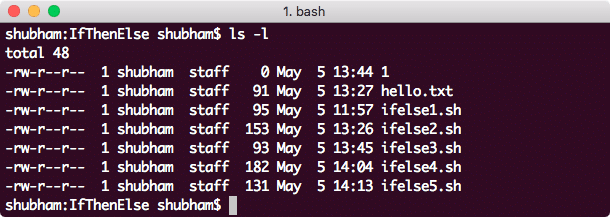
Linux Chmod Example Linux Hint

Linux Permissions Guide Plex Support
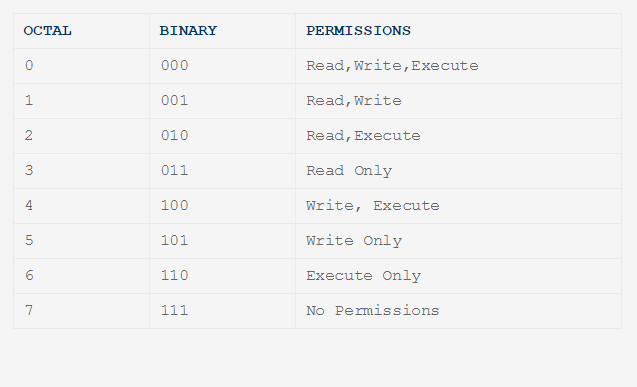
Umask User Mask Or User File Creations Mask In Linux And How To Set Umask Looklinux
Linux Chmod Permissions Table のギャラリー

File Permissions In Linux Unix Vk9 Security

Linux Permissions The Symbolic Assignment Of Permissions Mvps Net Blog Mvps Net Tutorials
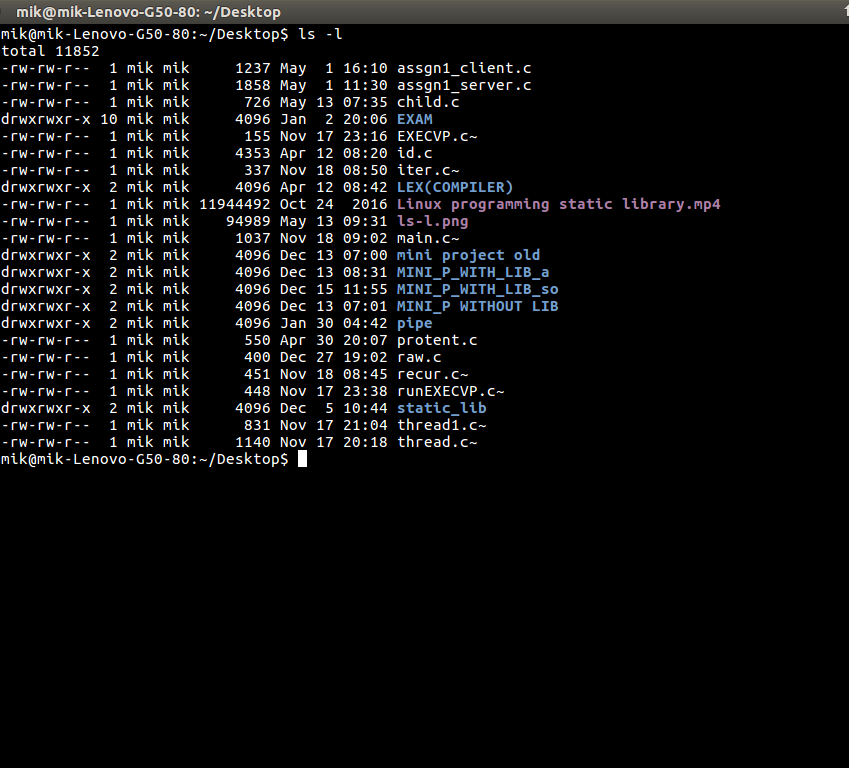
Chmod Command In Linux With Examples Geeksforgeeks

Linux Permissions Explained Linux Hint
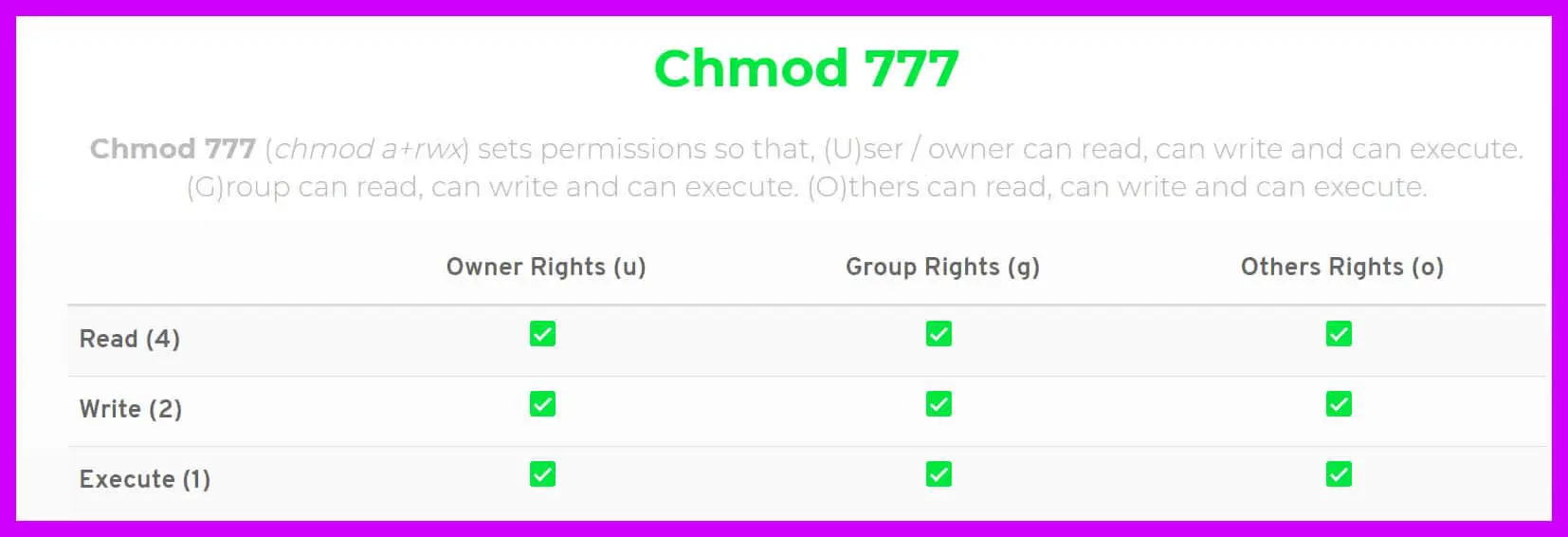
Chmod 777 A Definitive Guide To File Permissions
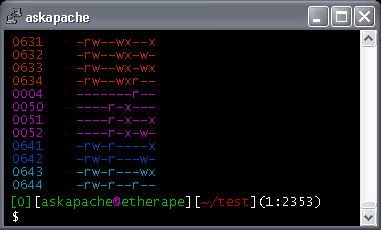
Chmod Umask Stat Fileperms And File Permissions

Understanding Linux Permissions And Chmod Usage
Q Tbn 3aand9gcs Trmaopb41lzfo2wl Mi6olorurkywaddbudhnw Ne1mor3ct Usqp Cau

Pin By Dr Stefan Gruenwald On Cheatsheets Computer Science Programming Learn Javascript Linux Operating System

Numeric Permissions Table Linux Chmod Command Linux Permissions
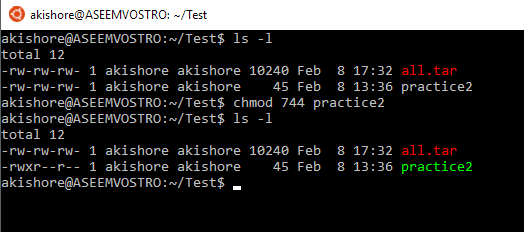
Understanding Linux Permissions And Chmod Usage
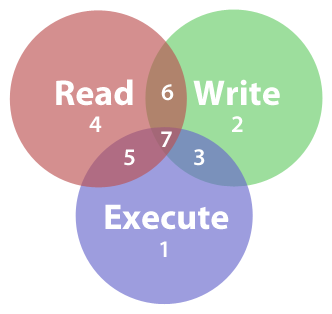
How To Set File Permissions In Mac Os X Macinstruct

Chmod Command In Linux File Permissions Designlinux

Linux File Permissions Know The Reason Behind That Chmod 777 By Abhishek Chandra Medium
Q Tbn 3aand9gcqzjwejtv9wexgnjg6wrv4scdirjlf8ko Drmhmencfjup H30u Usqp Cau
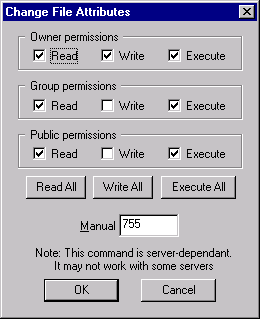
Understanding File Permissions

Chmod Wikipedia
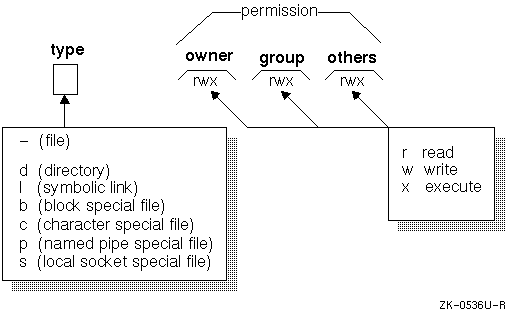
Unix Permissions
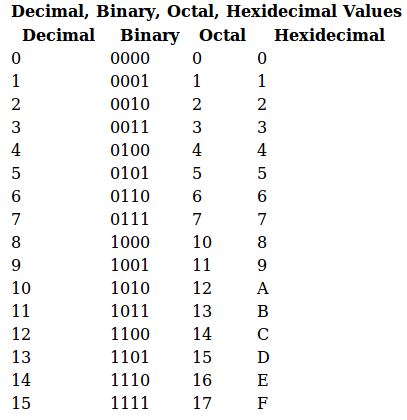
Learn Oracle Concepts Unix Permissions Table

Learning The Shell Lesson 9 Permissions

Solved This Is In Linux While Logged In As A Regular Use Chegg Com

An Introduction To Linux File Permissions Boolean World

Linux Commands Cheat Sheet Linux Training Academy

Linux Permissions Guide Plex Support
.png)
File Permissions In Linux Unix With Example
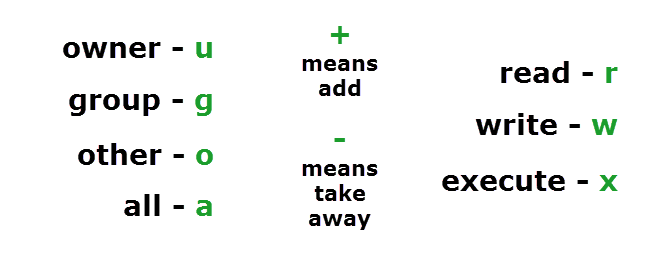
Understanding Linux Permissions And Chmod Usage

Managing Linux Permissions

Chmod Change Permissions To A Specific User In Ubuntu 12 04 Ask Ubuntu
.png)
File Permissions In Linux Unix With Example
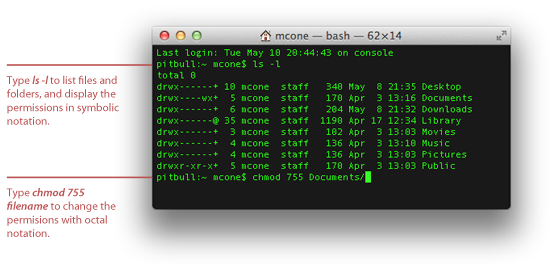
How To Set File Permissions In Mac Os X Macinstruct
.png)
File Permissions In Linux Unix With Example
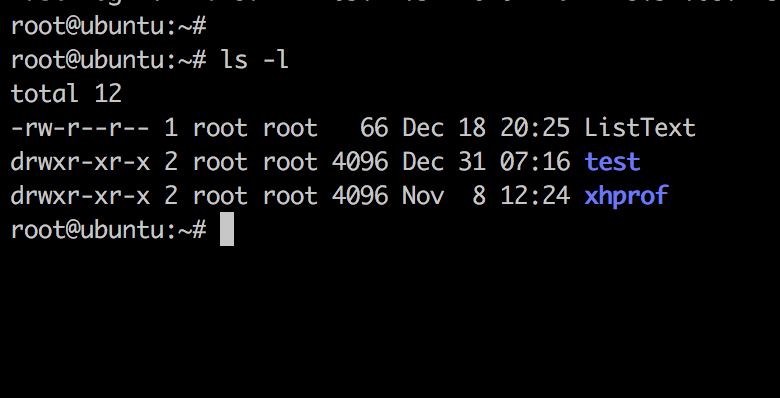
Linux Chmod Command Linuxfordevices

An Introduction To Linux Permissions Digitalocean
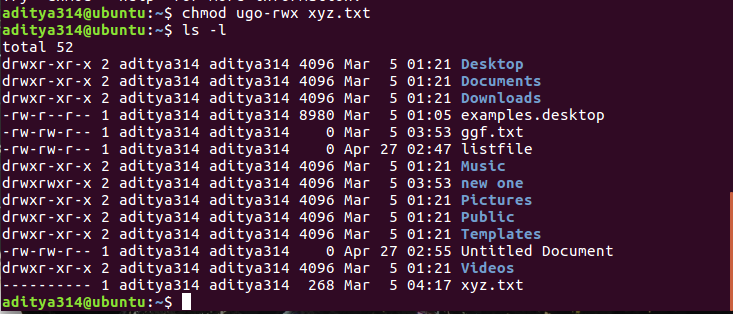
Permissions In Linux Geeksforgeeks

File Permission Meanings Stack Overflow

File Permissions In Linux Unix With Example
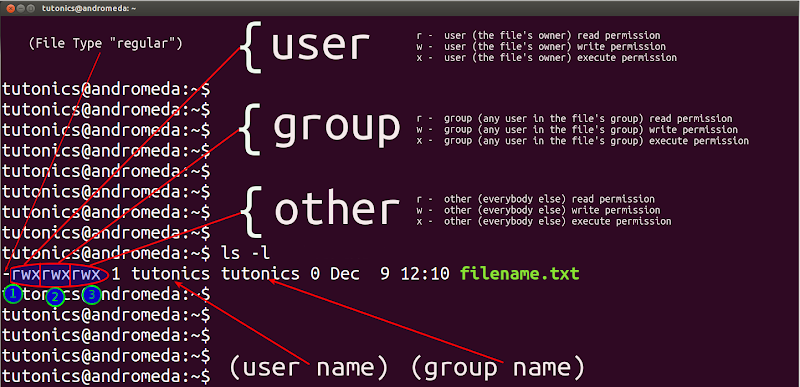
Linux File Permissions Chmod Umask Tutonics

Permissions Red Hat Enterprise Rhcsa Rhcse Preparation 0 0 1 Documentation

Working With File Permissions On Your Raspberry Pi Dummies

File Permissions Linuxhowto Net

How To Use Chmod Command In Linux Explained With Examples

Linux File Permissions Know The Reason Behind That Chmod 777 By Abhishek Chandra Medium

Understand Linux File Permissions Using Chmod And Chown Commands Programming Tips For Versatile Coders

Umask Sharing Is Caring

Restore Executable Permission To Chmod Command In Linux Ostechnix

Linux Permissions An Introduction To Chmod Enable Sysadmin
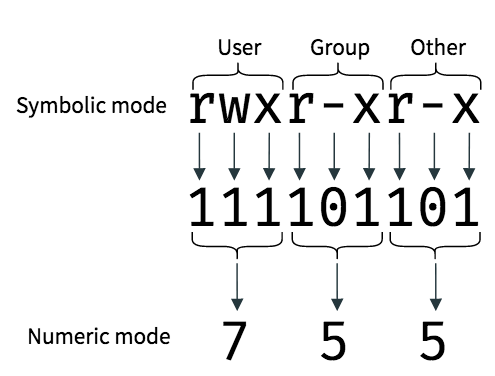
An Introduction To Linux File Permissions Boolean World

Understanding Unix Permissions And File Types Unix Linux Stack Exchange

Chmod Command In Unix Unix File Permissions Chmod With Examples Chwn Command Chgrp Command Unmask

An Introduction To Linux File Permissions Boolean World

Linux Users And Groups Linode
Q Tbn 3aand9gcs J72hjomdluhqe6xjivy M6yrjmkqx9x3z3ps Rpnb8by3w7z Usqp Cau
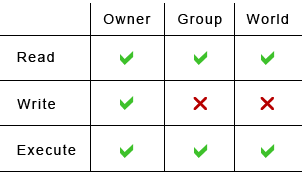
How Do I Set File Permissions For Files Scripts Or Directories Linux Accounts Only

Unix Chmod Cheat Sheet Computer Science Programming Learn Javascript Linux Operating System

19b Permissions

Linux Unix Permissions And Attributes Linuxsecrets

14 Permission And Modification Times
Linux Chmod Tips

How To Use Linux File Permissions And Ownership On Alibaba Cloud Ecs Dzone Open Source

Linux File Permissions Know The Reason Behind That Chmod 777 By Abhishek Chandra Medium

File Security

Execute Vs Read Bit How Do Directory Permissions In Linux Work Unix Linux Stack Exchange

Umask Sharing Is Caring

Linux File Permission Javatpoint
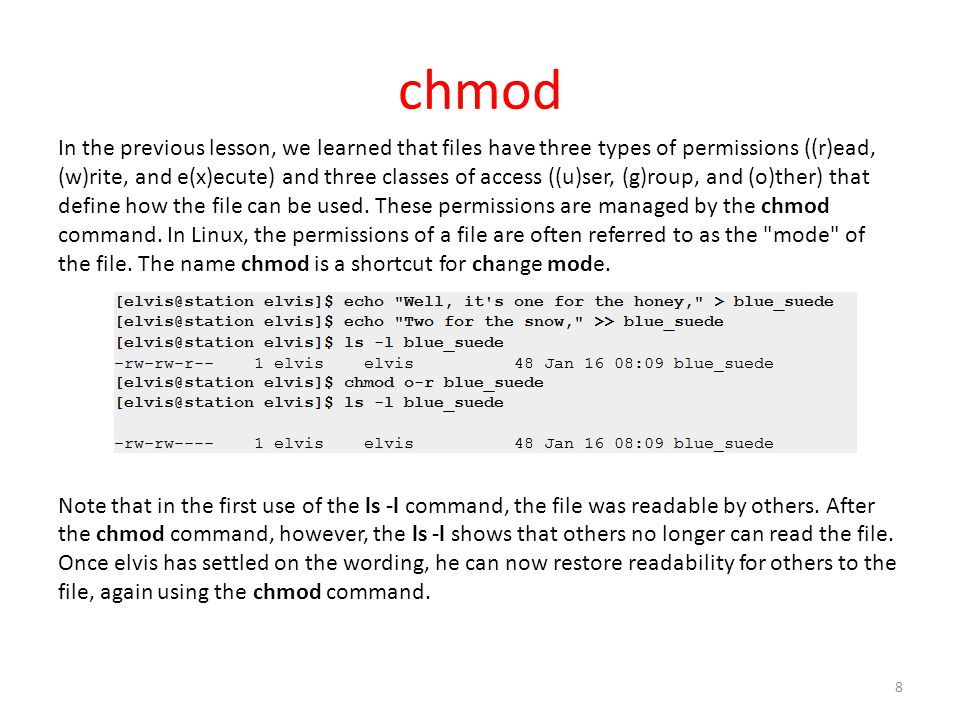
Workbook 4 File Ownerships And Permissions Ppt Video Online Download

Linux File Permissions Complete Guide Devconnected
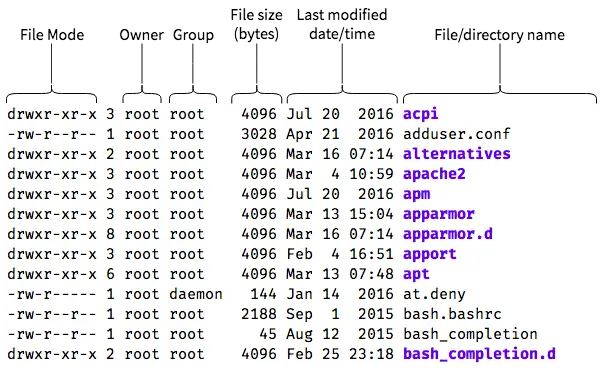
An Introduction To Linux File Permissions Boolean World

Chmod 777 755 655 644 And More Permissions Linux Files Tutorials
Verizon Droid Turbo Has Been Rooted Page 2 Droidforums Net Android Forums News
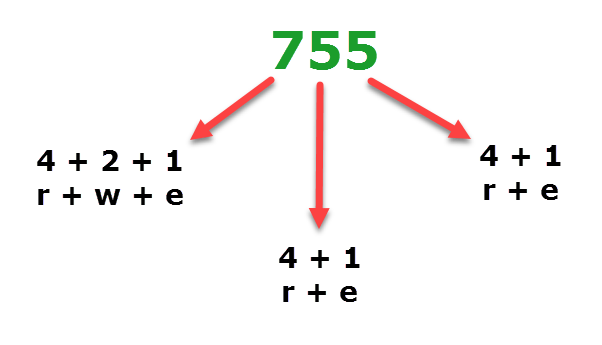
Understanding Linux Permissions And Chmod Usage

Chmod 777 755 655 644 And More Permissions Linux Files Tutorials
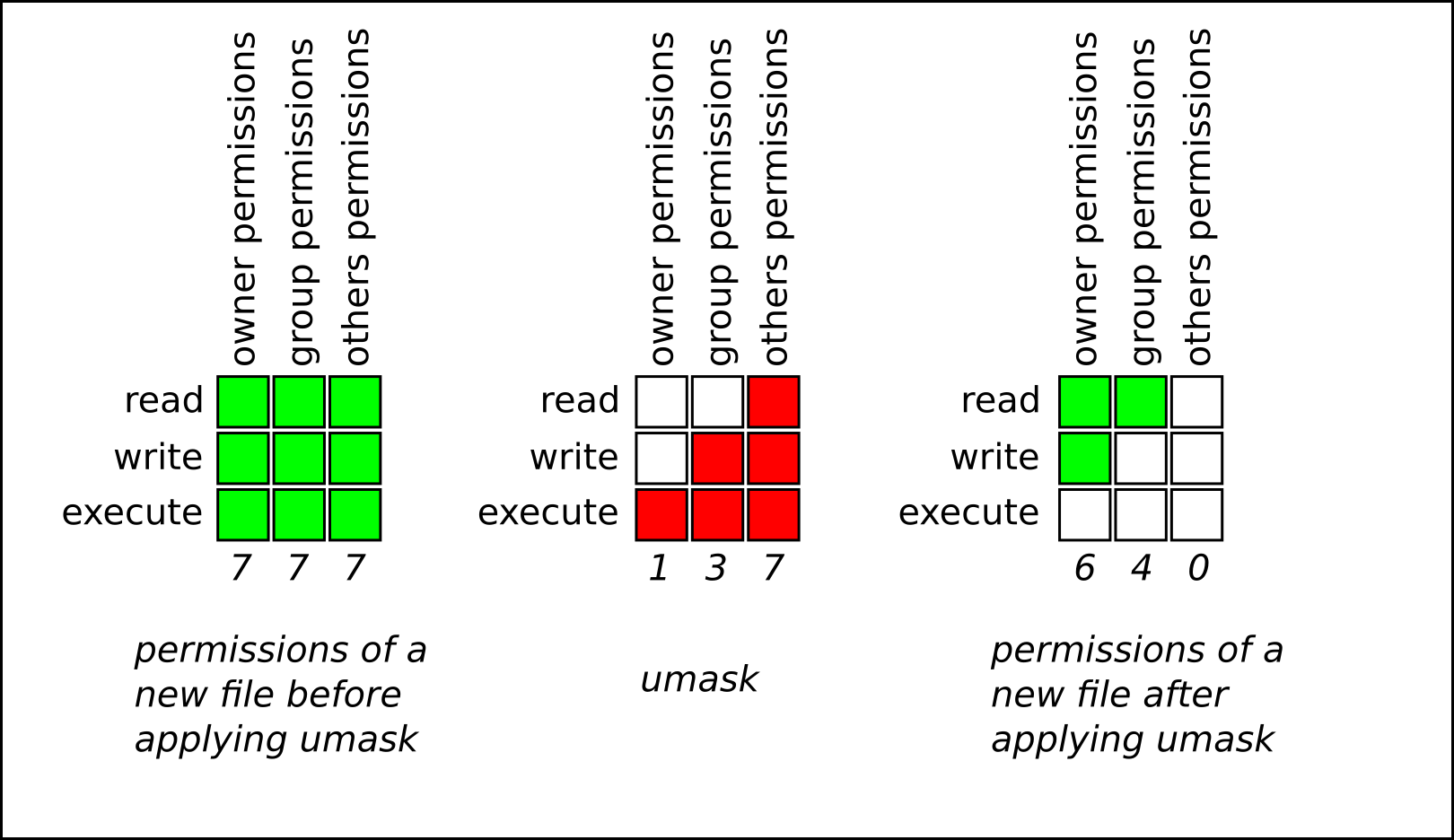
Chapter 5 Managing File Permissions Red Hat Enterprise Linux 8 Red Hat Customer Portal
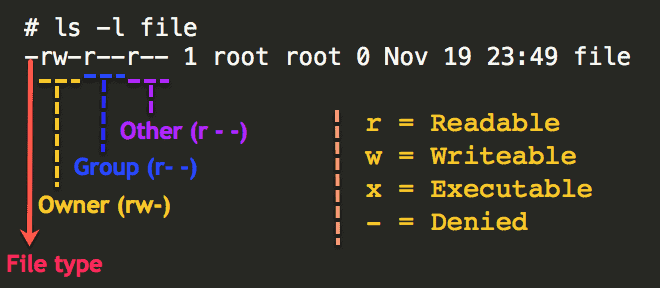
Understanding Basic File Permissions And Ownership In Linux The Geek Diary

Use Of Chmod Command In Linux Devopsdex
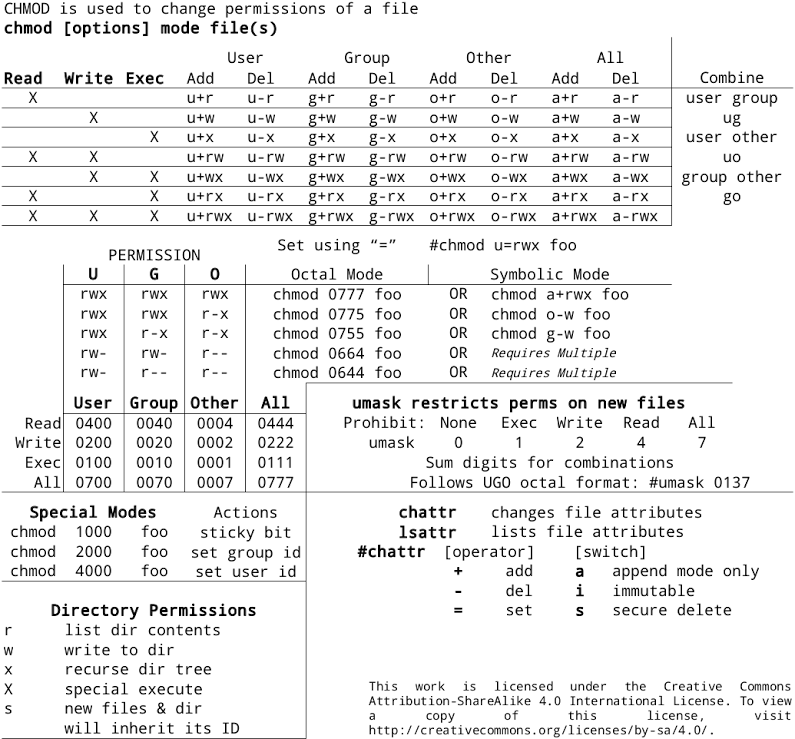
Linux Permissions Tables Reffffference

Restore Executable Permission To Chmod Command In Linux Ostechnix

Linux Permissions Pluralsight
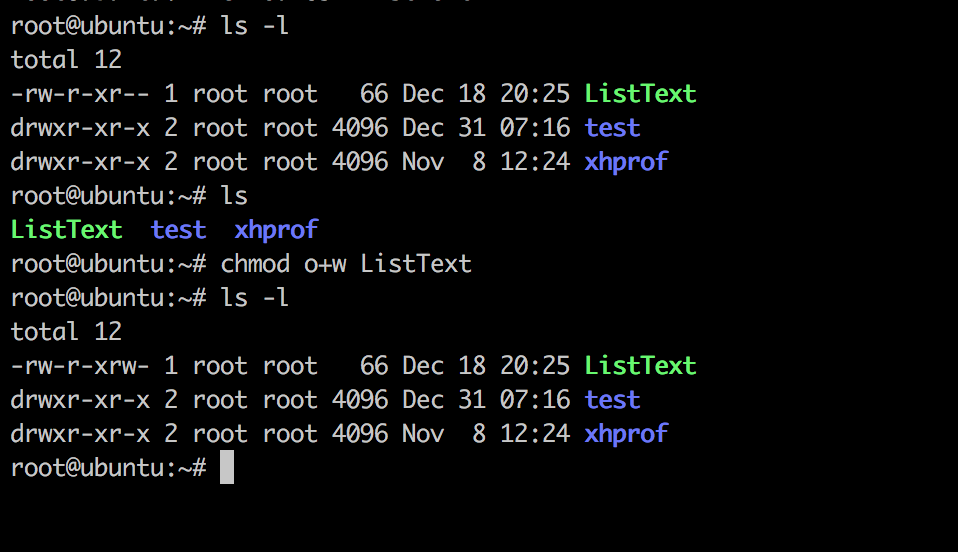
Linux Chmod Command Linuxfordevices
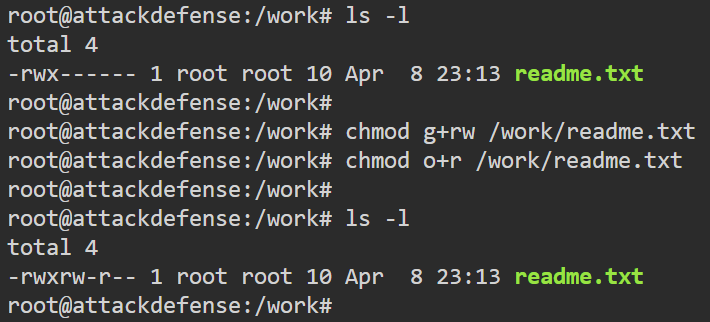
Practice Linux Permissions Basics With 7 Activities Part Ii By Nishant Sharma Pentester Academy Blog
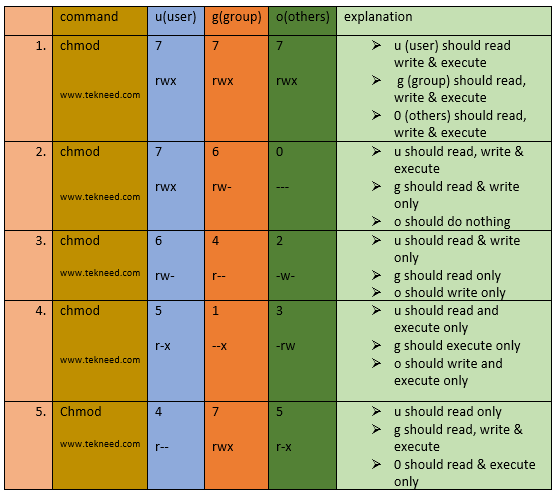
How To Set And Manage File Permission In Linux Part 1

System Integrity Using Files Permissions Processes Root And Sudo Teklimbu S Weblog
Q Tbn 3aand9gctffpe8 Toaseevlghfe6e9aybdh2x Q9ffbgxz8vseo1oxnuzl Usqp Cau
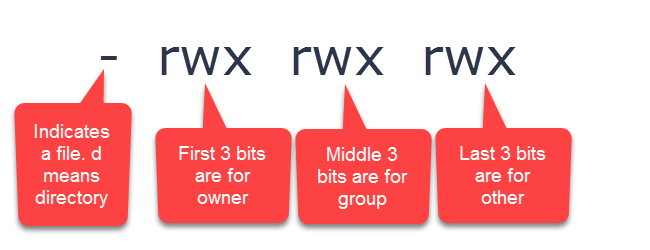
Understanding Linux Permissions And Chmod Usage

Modifying File Permissions With Chmod Command In Gnu Linux Openforums

Changing File Permissions In Linux The Chmod Command By Saswat Subhajyoti Mallick Medium
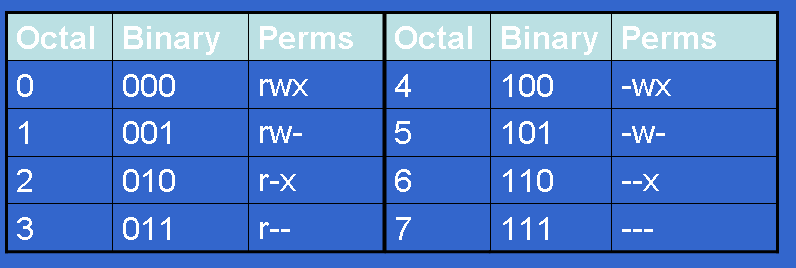
Controlling File Permissions With Umask
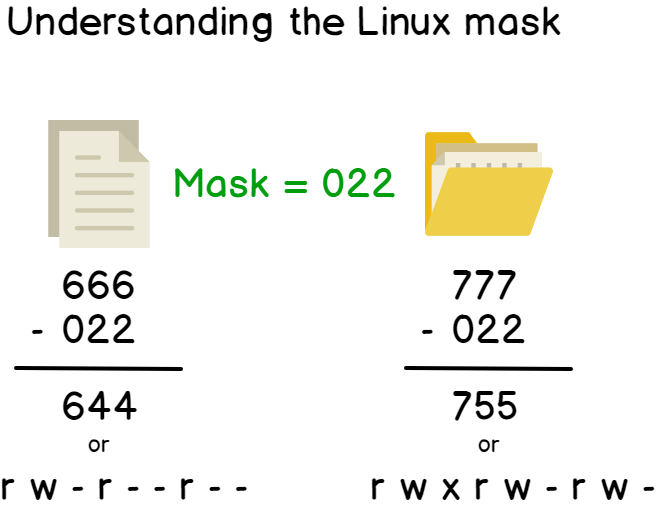
Linux File Permissions Complete Guide Devconnected

An Introduction To Linux File Permissions Boolean World

How To Change Permissions And Owners Via Linux Command Line

Chmod 777 755 655 644 And More Permissions Linux Files Tutorials

Shell Tutorial Part 9 Changing Permissions Youtube

Ownership And Permissions

Csc128 Permissions And Links Chmod And Ls Linux Permissions Custom Sheds Lotus Elite

File Permissions In Linux Unix Vk9 Security

File Permissions Suid Sgid Sticky Bit Acl Nmcli Ssh And Nmtui Tools For Rhcsa Unixmen
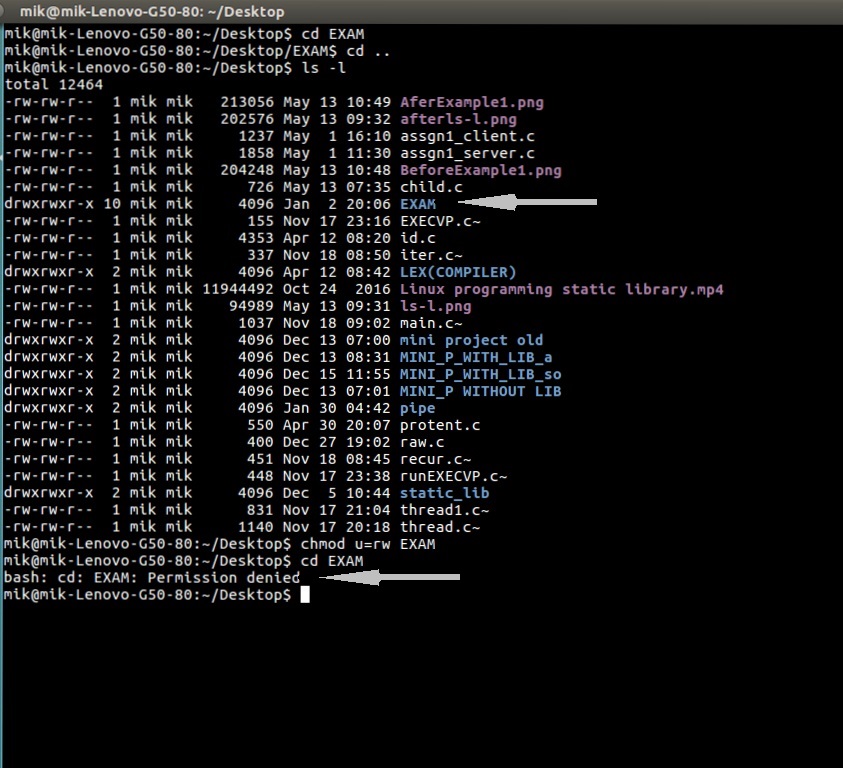
Chmod Command In Linux With Examples Geeksforgeeks

Linux Permissions Guide Plex Support
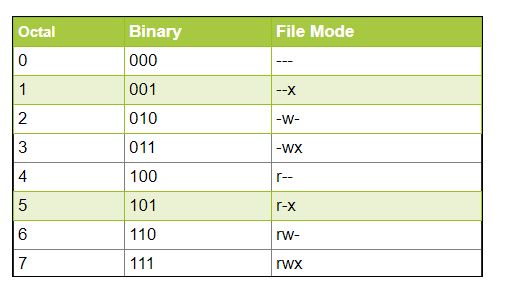
Permissions In Linux Geeksforgeeks

Chmod X Explained Everything You Need To Know
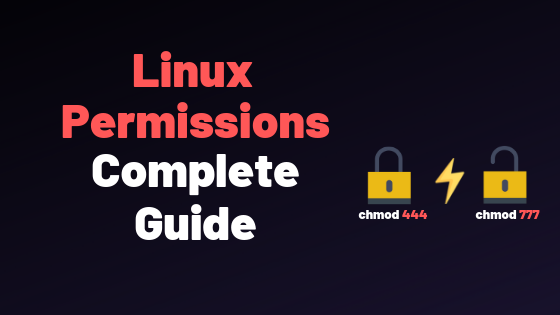
Linux File Permissions Complete Guide Devconnected

File Permissions In Linux Unix With Example



